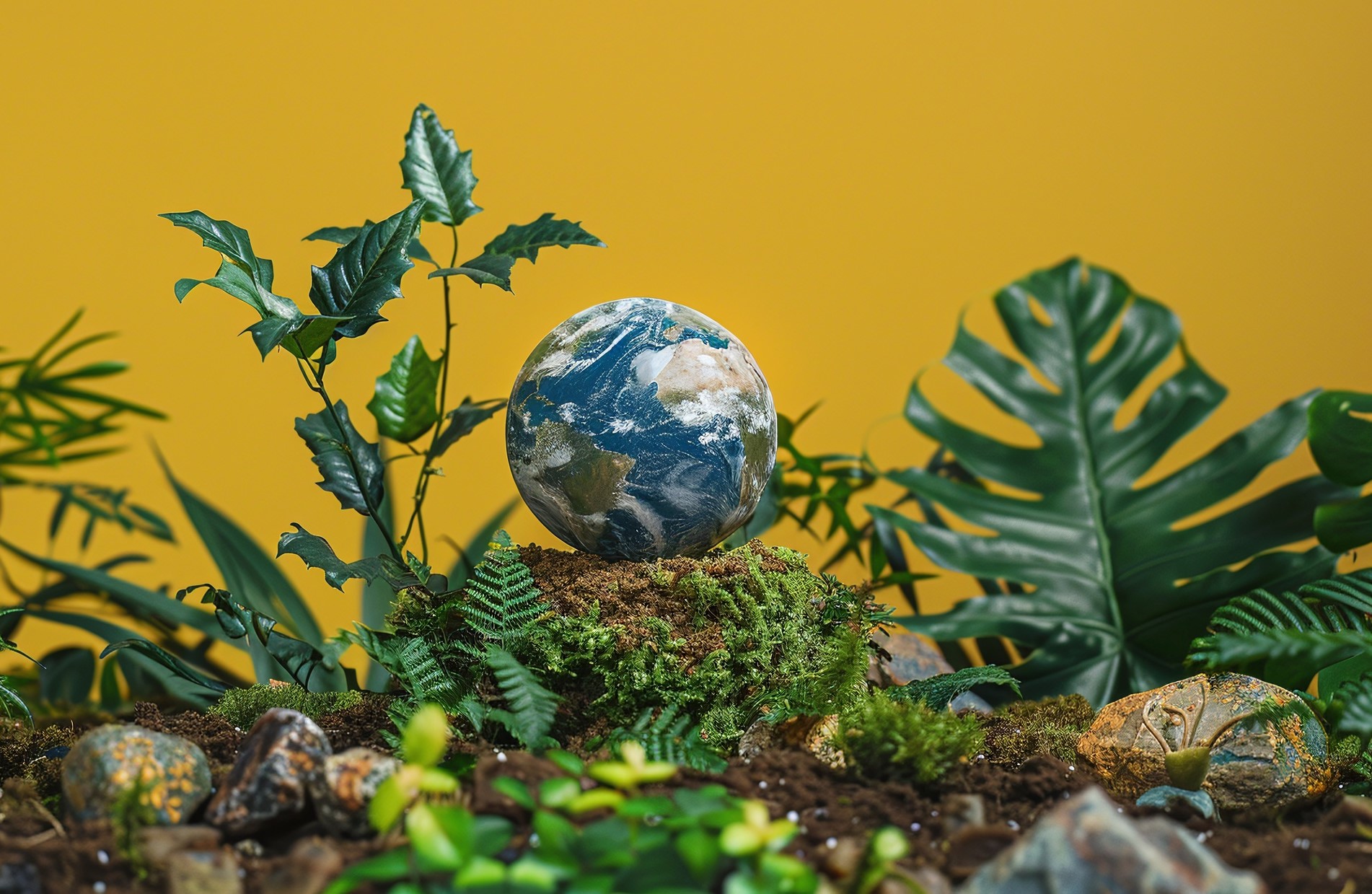There are millions of different kinds of living things on the planet, all of which are vital to the proper functioning of the world. However, due to human interference including deforestation, pollution and climate change, the rate of extinction has been increased putting countless species at risk. Conservation of species is not only the conservation of animals or plants but the conservation of life itself and its complex structure. In this blog post, let me explain why the protection of endangered species is important for the state and the future of the entire planet.
- Biodiversity Maintains Ecosystem Balance.
Biodiversity is the number of species of plants, animals and microorganisms in the world. Every organism is important in the food web and food pyramid and is essential to overall health of the ecosystem. For instance, the predators are known to regulate the numbers of prey, while plants and herbivores help to improve the soil and nutrients. Every time a species becomes extinct, it triggers a ripple effect that affects the flow of the ecosystem. This has been known to cause over stocking of some of the species, exhaustion of resources and at times complete wiping out of species in an ecosystem. This way we protect endangered species and therefore the overall balance of all living things on the planet.
- Ecosystem Services: The Foundation of Human Well-Being
Endangered species are part of systems that are important in delivering services to man such as provision of clean air, water and fertile soils. Forests, wetlands, coral reefs – many of which are inhabited by endangered species – are natural water and air cleaners and climate stabilizers. They also help in protecting such natural disasters such as floods and hurricanes. When such species are lost, the capacity of ecosystems to offer these services is reduced, thus threatening human health and income. Conserving the biological diversity is not only a green activity but also an important task in guaranteeing availability of resources.
- Pollination and Food Security
Many endangered species, including bees, butterflies, and birds, are critical pollinators that help plants reproduce. These plants include crops that humans rely on for food. The loss of pollinators can lead to reduced crop yields, threatening global food security. In fact, more than 75% of the world’s food crops depend on pollination by animals. By protecting pollinators and other endangered species, we safeguard our food supply and ensure that ecosystems can continue to support agricultural production.
- Medical Discoveries and Benefits
The natural world is a rich source of medicinal compounds, many of which have been derived from plants and animals. For example, the Pacific yew tree provided the compound for the cancer-fighting drug Taxol, and the venom of certain species of snakes is used to treat high blood pressure. However, as species disappear, so do the potential cures and treatments they may hold. Protecting endangered species ensures that we preserve this untapped reservoir of knowledge, which could lead to future medical breakthroughs and innovations in health care.
- Economic and Ecotourism Benefits
Many economies, particularly in developing countries, rely on biodiversity and wildlife to attract tourism. Ecotourism provides jobs and generates revenue, creating incentives for local communities to protect endangered species and their habitats. The loss of iconic species, such as elephants, tigers, and gorillas, can diminish a region’s ability to attract tourists, leading to economic downturns. Protecting these species not only supports biodiversity but also sustains local economies and livelihoods tied to wildlife conservation and tourism.
- Ethical Responsibility: A Moral Obligation
In addition to the functional need for the protection of endangered species, there is a moral obligation to conserve the earth’s biodiversity. Wildlife has inherent worth and the ability to live on earth without being eradicated by human activities. The future generations should also be able to feel and learn from nature. Through the conservation of endangered species, we recognize our obligation to stay responsible for the state of the earth and all the inhabitants of the earth, so that we can leave behind a healthy world for the next generations.
- Climate Change Mitigation
Some of the endangered species also help in reducing effects of climate change as follows. For instance, the forests, where numerous endangered species live, perform the function of carbon storage and play a role of climate stabilizers by absorbing carbon dioxide. Endangered marine animals find their home in mangroves and the forests help shield coasts from the effects of increasing sea levels and cyclones. Conservation of these species and their habitats makes ecosystems more resistant to climate change impacts on both animals and people.
Conclusion
Conservation of endangered species is not only an effort to save species from extinction but also as an effort to save the web of life. Biodiversity sustains ecosystems, feeds the world, and offers critical services such as regulating air and water quality. It also has great potential for medical research and is also a source of income for economic growth through ecotourism. Besides, we have the moral responsibility of preserving species on this planet for the future generations. When we actively protect endangered species, then we are also protecting the very systems that make our own lives possible.
